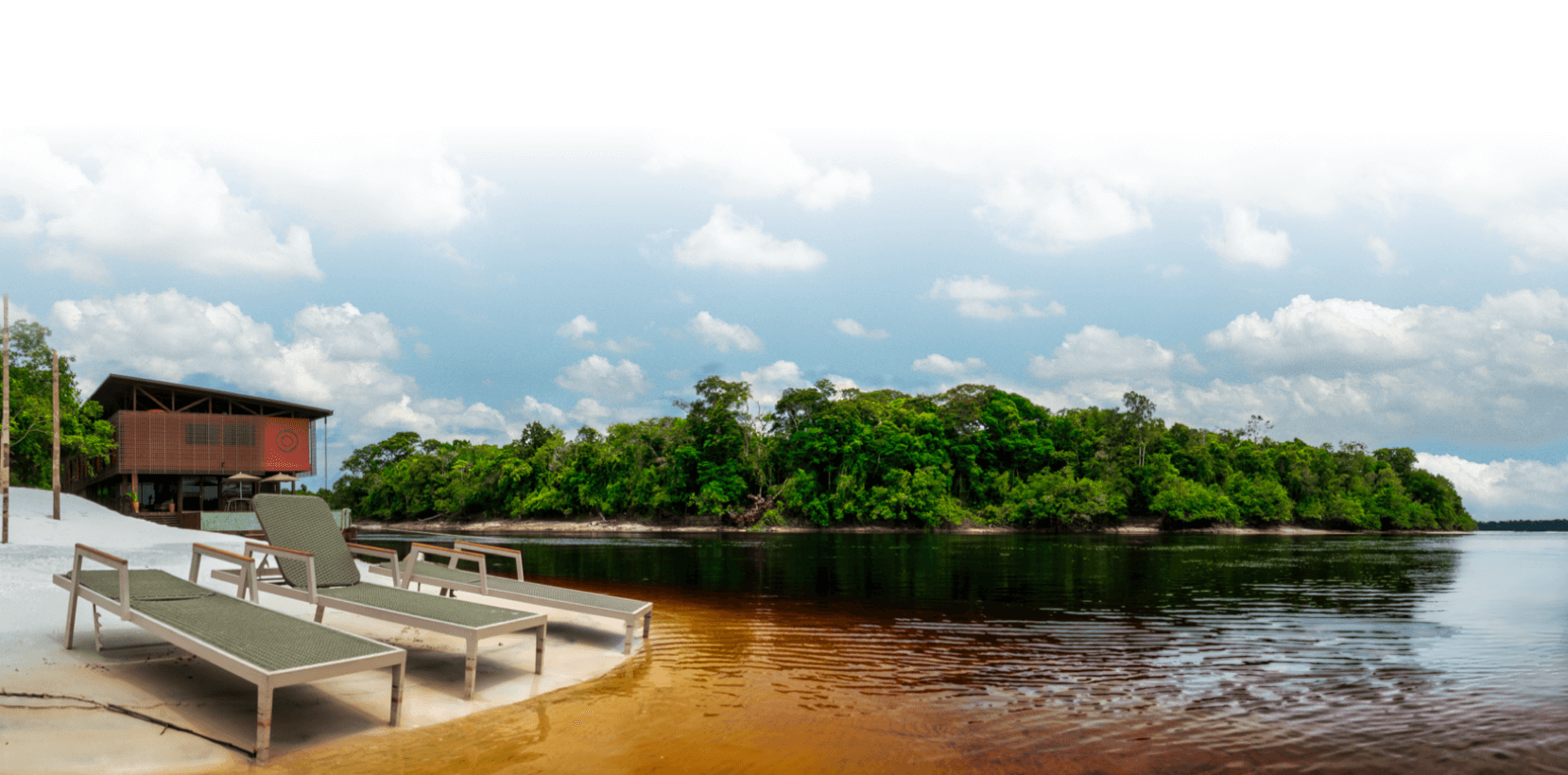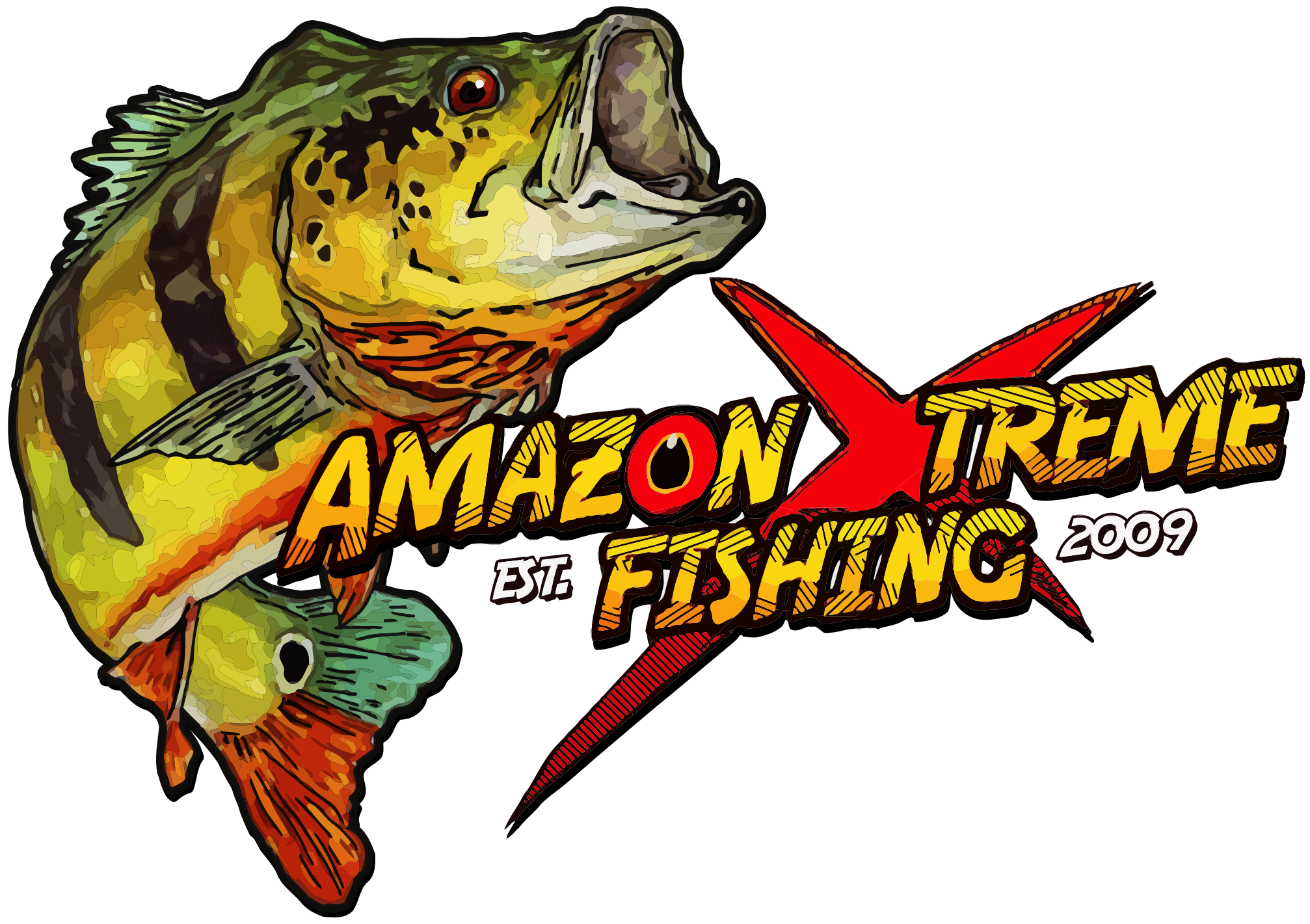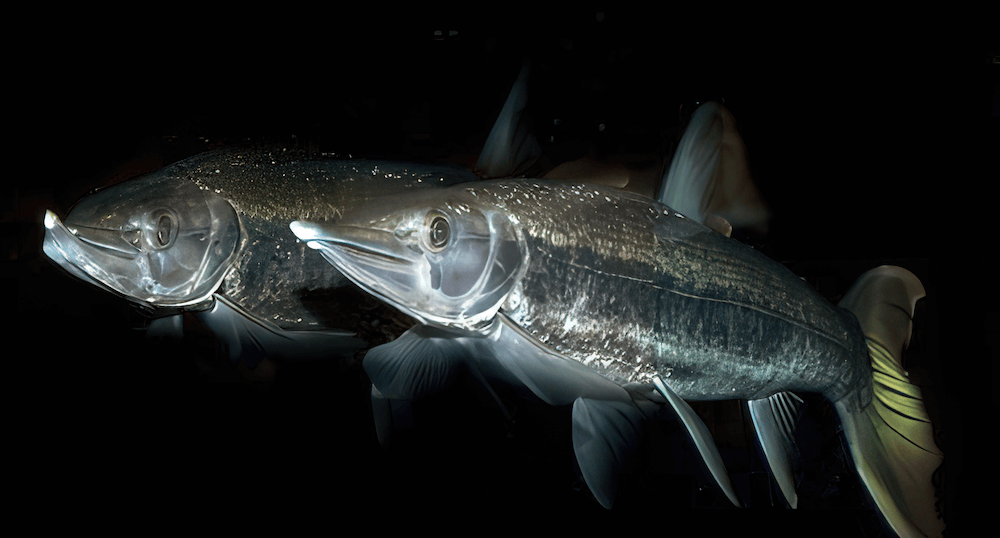
Amazon Fish Encyclopedia
The Murky Predator
Bicuda
Amazon
Fish Species Guide
Species Fact Sheet
Bicuda Information
The Bicuda is a remarkable predator of the Amazon's fast-moving waters, known for its sleek profile and impressive hunting ability. Active primarily during dawn and dusk, these fish are perfectly adapted to life in oxygen-rich, flowing waters where they pursue schooling baitfish with impressive speed and agility.
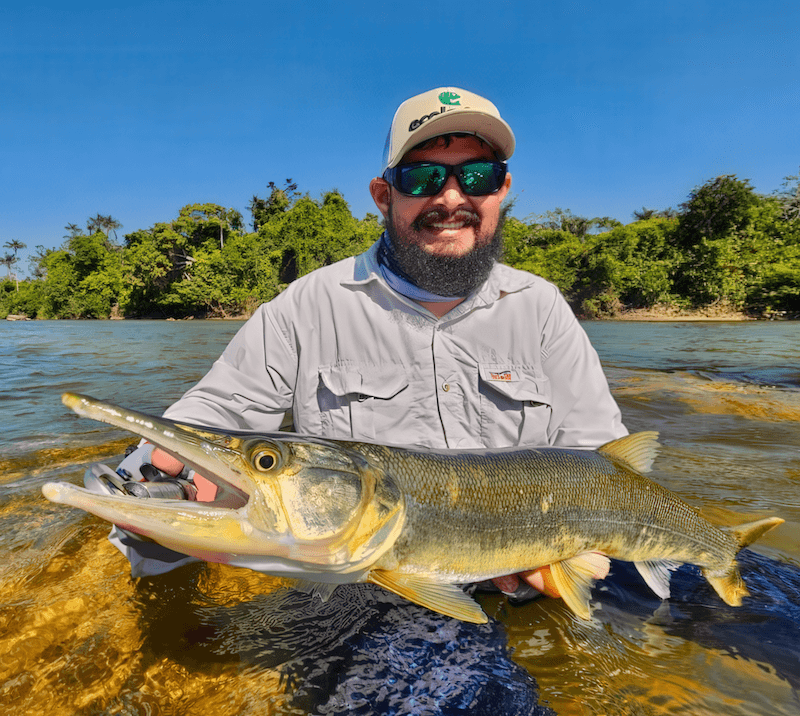
Distribution Patterns
Bicudas are widely distributed throughout the clear and whitewater river systems of the Amazon and Orinoco basins. They are particularly abundant in areas with fast-moving water, rapids, and rocky outcrops, showing a strong preference for oxygen-rich environments. Their distribution is closely tied to water clarity and current speed, making them more common in the upper reaches of river systems where waters are clearer and faster-moving.
Natural History
The Bicuda is a specialized predatory fish perfectly adapted for life in fast-moving waters. Their streamlined body shape and powerful muscles allow them to maintain position in strong currents while waiting to ambush prey. They are strictly carnivorous, feeding primarily on smaller fish and aquatic invertebrates. Unlike many Amazonian fish species that prefer slower waters, Bicudas have evolved to thrive in high-energy environments where their speed and agility give them a hunting advantage. During the high-water season, they may venture into flooded forest edges, but they generally stay close to areas with good water flow and high oxygen content.
Habitat & Distribution
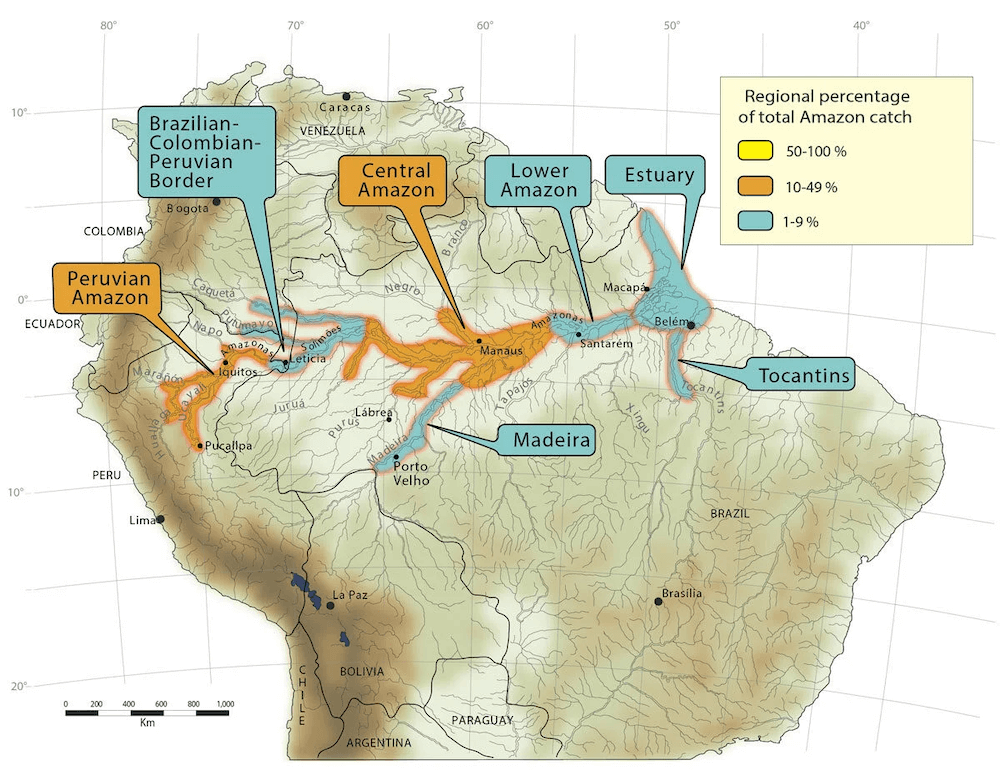
Distribution of Bicuda in South America. Source: Barthem, R., Goulding, M. 2007. An unexpected ecosystem: the Amazon as revealed by fisheries.
Bicuda are commonly found in the Amazon and Orinoco river basins, thriving in clearwater tributaries with strong currents. These fish are most active at dawn and dusk, making them perfect ambush predators in their chosen habitats.
- • Strong currents
- • High oxygen content
- • Clear visibility
- • Shallow sandbanks
- • Rocky outcrops
- • Ambush points
- • Flooded forests
- • High-water zones
- • Open water patrols
Behavior & Diet
Bicuda are highly predatory and use their streamlined bodies to chase down prey at high speeds. Unlike ambush predators, they rely on speed and precision, often launching themselves out of the water when attacking bait.
- • Primary food source
- • Active pursuit hunting
- • High-speed chases
- • Especially during hatches
- • Surface feeding
- • Opportunistic strikes
- • Supplementary diet
- • Bottom feeding
- • Varied prey size
- • Speed-based attacks
- • Precision strikes
- • Aerial pursuits
Unlike ambush predators, Bicuda actively chase their prey, using their incredible speed and agility to pursue targets, often breaching the water's surface in spectacular aerial displays during the hunt.
Fishing Techniques & Best Practices
Ownership Disclaimer: Amazon Xtreme Fishing does not own the rights to this video. All footage and content remain the property of their respective owners. For educational purposes only.
Fishing for Bicuda is a thrilling experience due to their hard strikes and frequent jumps. Their aggressive nature and aerial displays make them an exciting target for both conventional and fly fishing enthusiasts.
Best Techniques
- Topwater: Poppers and walk-the-dog lures
- Fast-moving: Jerkbaits, spoons, or soft plastic swimbaits
- Fly Fishing: Streamers that imitate baitfish
Recommended Gear
- Rod: Medium to heavy-action (10-20 lb test)
- Reel: High-speed spinning with strong drag
- Line: Braided 20-40 lb test
- Lures: Topwater, minnows, flashy spinners
Known for their hard strikes and frequent jumps, Bicuda provide an exciting fight with plenty of aerial displays. Their speed and agility make them a challenging and rewarding catch for any angler.
Conservation & Sustainability
Bicuda are not currently threatened, but responsible fishing practices are encouraged to maintain healthy populations. Their active nature and preference for fast-moving waters make them particularly sensitive to proper handling and release techniques.
Sustainable Fishing Practices
Preserve populations for future generations
Reduces injury during hook removal
Minimize stress and damage
Return to fast-moving water
Cultural Significance & Fun Facts
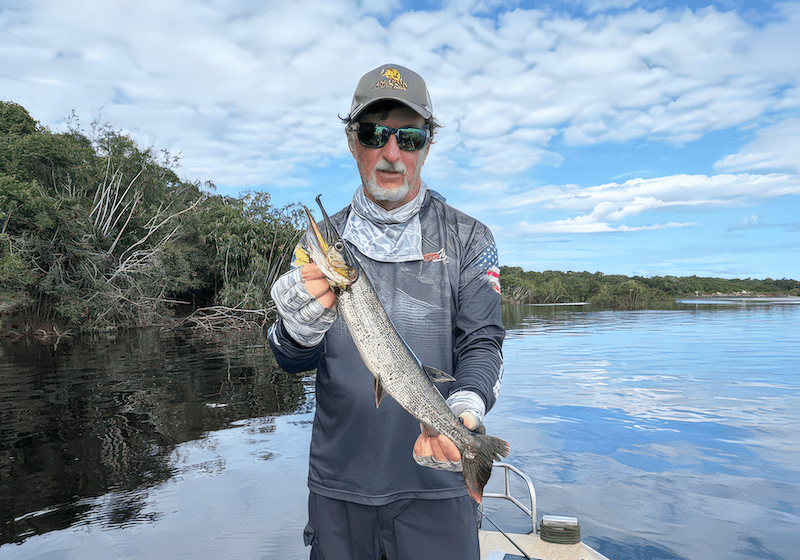
Spectacular Jumps
Can leap several feet out of the water when hooked, making them one of the most exciting fish to catch in the Amazon!
Habitat Preference
Unlike most Amazonian species, Bicuda prefer fast, oxygen-rich waters and struggle in still environments.
Natural Design
Their sleek body and sharp teeth resemble a miniature barracuda, earning them the nickname "Freshwater Barracuda."
